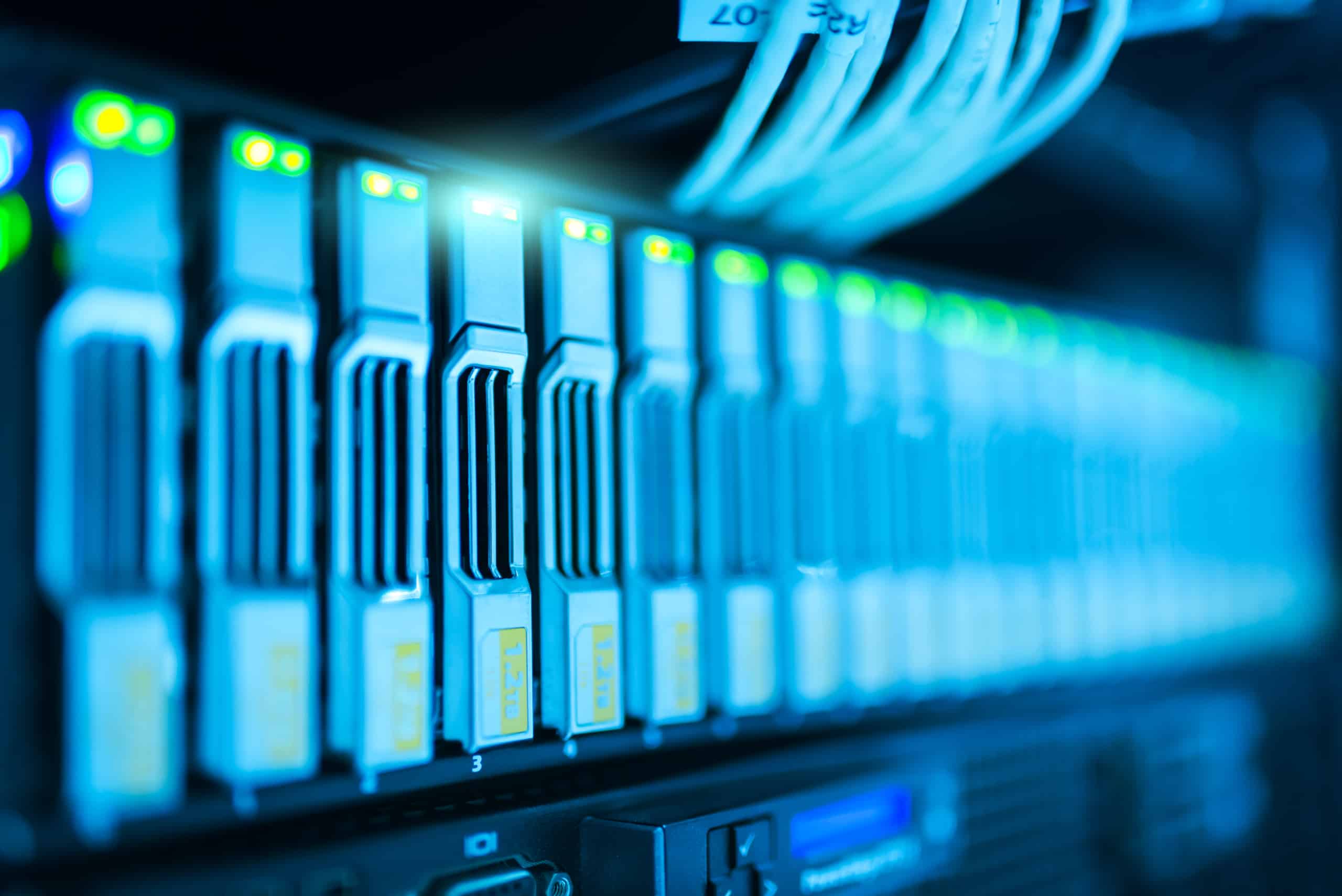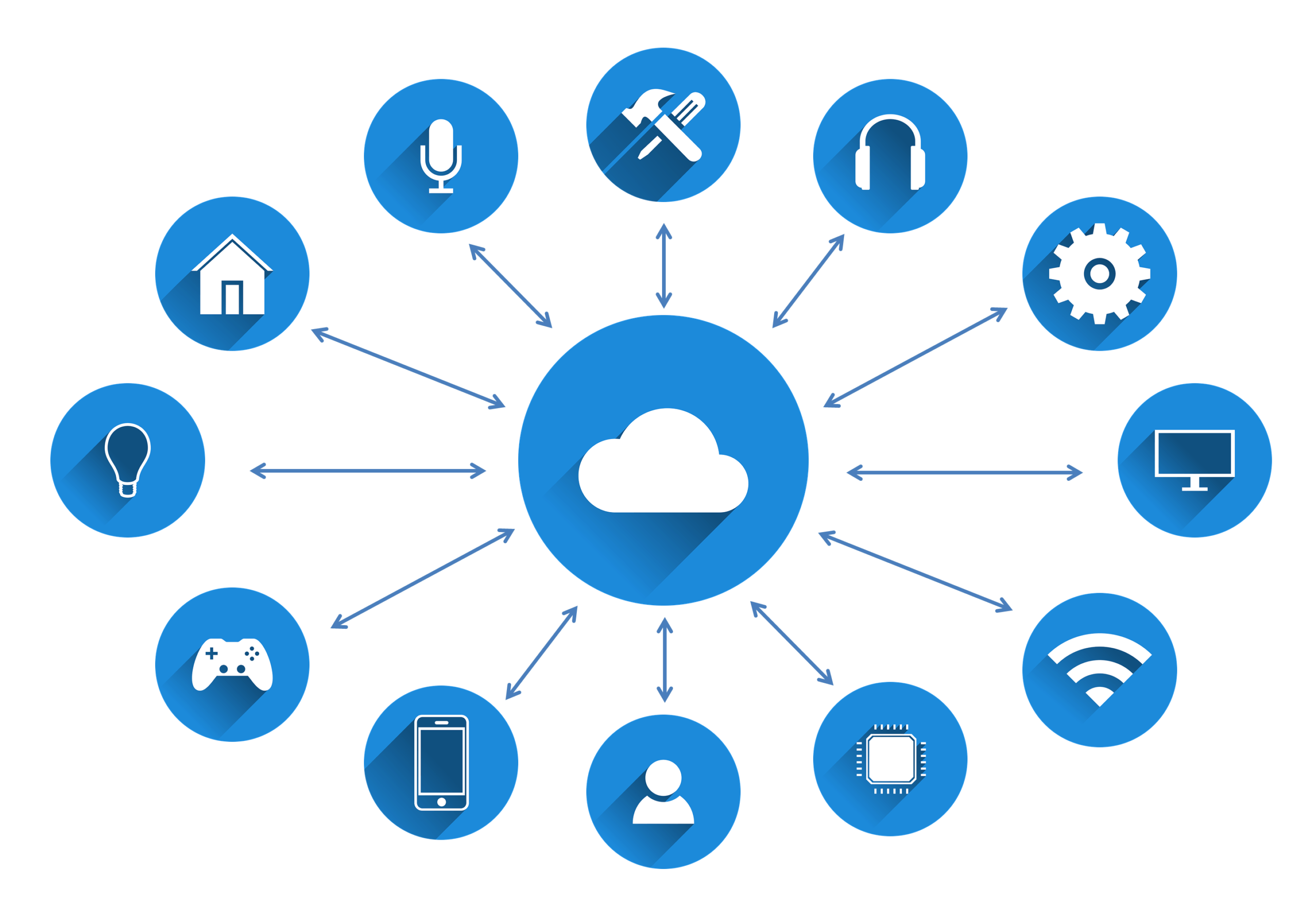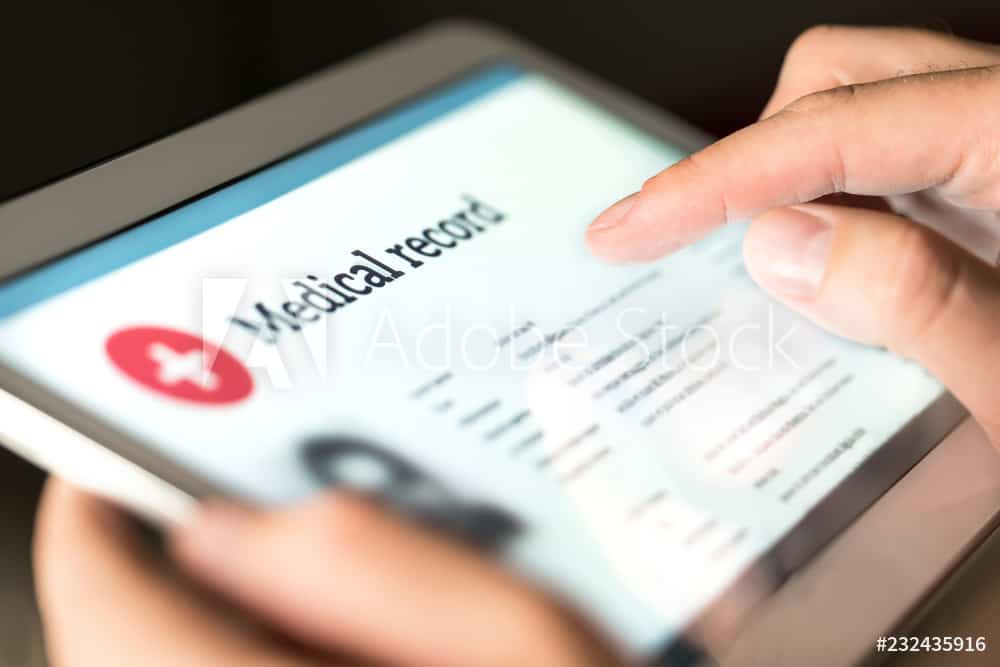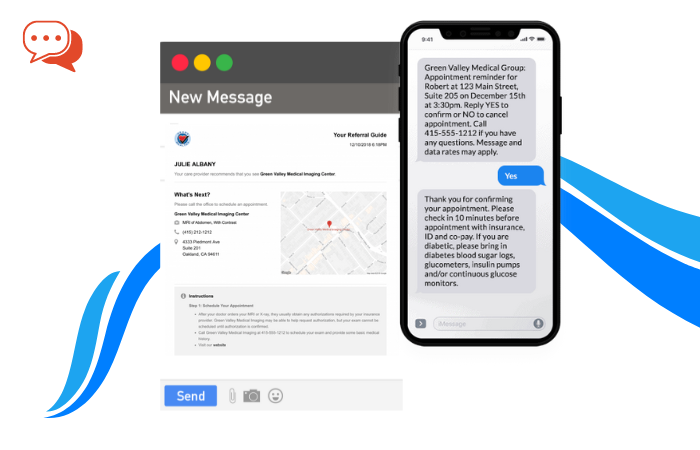One of the primary ways we can understand technological trends in the healthcare sector is by considering how they are integrated. It is important to comprehend the integration with other common or growing practices or tools. In the case of the internet of medical things (IoMT), a couple of key relationships you might consider are; those between the IoMT and fog computing and between the IoMT and blockchain.
The IoMT and blockchain subject will be discussed in a future article. Regarding IoMT and fog computing, it helps first understand what we are talking about with a discussion of the two technologies. What are the factors contributing to the growth of the healthcare fog?

Photo by on Pexels
What is fog computing?
Fog computing is an extension of a network from its periphery or edge to the storage location in its own or an infrastructure-as-a-service (IaaS) provider’s data center. The Internet of medical things and cloud computing are similar technologies that are becoming prominent due to their interconnection. IaaS vendors, otherwise known as cloud hosts, are, in a manner of speaking, overarching worldwide data endpoints. At the other end of the spectrum are all the connected healthcare devices generating and transmitting data.
The distributed network that forms the connection between the IoMT devices and the servers is fog computing. As Purdue University College of Engineering professor Mung Chiang (a noted researcher) puts it, fog is “the missing link for what data needs to be pushed to the cloud, and what can be analyzed locally, at the edge.”
The fog vs. the edge
Notably, fog computing is not mistaken for edge computing just because it exists at the edge. It is a subset of edge computing. Helder Antunes of the OpenFog Consortium noted that edge computing has to do with data processing near its site of generation. At the same time, the fog is concerned with the processing of data between its creation and storage points. The fog involves the relevant processing at the edge and the network between the endpoint and the edge.
The applications are incredibly diverse across the industry. A couple of examples from manufacturing are when an employee goes into an unsafe area. In this case, the security staff and/or supervisors can immediately be notified. You can also prevent meltdowns since your chemical vats can turn off immediately when temperature gauges pass a certain point. As in manufacturing, there are broad uses for this technology in healthcare.
What is the Internet of Medical Things (IoMT)?
A key area of healthcare technology is the internet of medical things (IoMT). This is the system of the connected device that gathers information from patients and sends it to healthcare information technology systems. It’s done via online networks – standardly a cloud infrastructure. The IoMT is the industry subset of the overall internet of things (IoT). Frost & Sullivan assessed the field and found that there would be 20 to 30 billion IoMT devices implemented by 2020, rising from the 4.5 billion in place in 2015.
The IoMT has been expanding incredibly quickly for several reasons, such as reducing sensor costs and increasing wearable technology. The internet of medical things has also benefited from an environment of relatively broad regulations (although they do, of course, exist), along with better access to the internet and its high-speed variety. There is a higher incidence rate of some chronic diseases. Also, patients are looking to lower the cost of healthcare while finding stronger treatment approaches to get better. Plus, mobile devices are now standardly able to communicate with servers. They have radio frequency identification (RFID) and near field communication (NFC) installed.
What is positive about IoMT?
There are many reasons that the IoMT is becoming more prominent. Its strengths include the following:
- Adaptability: An internet of medical things environment creates feedback for information, essentially, so you can bolster patient outcomes by tweaking your approach along the way.
- Precision medicine: You can improve outcomes via precision medicine (not to be confused with personalized medicine), which allows you to target stimulation –a context in which the IoMT helps reduce side effects by steering stimulation more precisely.
- Remote monitoring: You will actually be able to see patient activity, rather than relying on the patients to tell you if they are complying with recommendations.
- Local activity reporting: We will have a deeper knowledge of how chronic diseases operate as we collect data through a more advanced device recording capacity.
- Objective reporting: It is unnecessary to rely on the patient when asking them what they currently feel when we can monitor and record data straight from the nervous system.
Rise of patient-generated health data
A core factor related to the proliferation of fog for IoT devices in healthcare is the increased volume of patient-generated health data (PGHD). Healthcare providers are always looking for new ideas to improve the way they process information. Primarily so they can get as much value as possible from their healthcare relationships. Also, to provide better treatments and increase their own efficiencies. Healthcare is uniquely challenging as a field because of the incredible security and compliance concerns. Beyond the major issues related to creating decision support within clinics that are as fast and safe as possible, the connected device universe comes along. It makes it even more complex of a project to handle the vast pool of health data.
The notion of patient-generated health data has become critical. That is exactly what is produced in huge quantities by the IoMT. EHR workflow architects, data integrity specialists, and health information management personnel are all learning to handle the data streaming rapidly from mHealth applications, home scales, telehealth tools, blood glucose monitors, and wearables. The information coming in from the billions of IoMT devices must be processed by analytics and EHR people. It must be done as fast as can occur within a secure setting that protects privacy rights. It could take months in the current environment to reach the end-user, so the need for speed is real.
That pace is acceptable for some scenarios, such as with your revenue cycle or operational analytics. In this case, you may only need to do analysis once per quarter. However, you will need to be able to process that data faster. But only if you want to fully leverage the IoMT’s capacity for real-time patient monitoring and management.
Need for stronger analytics
In certain cases, real-time analytics are crucial to healthcare optimization – which can, in some cases, save lives. Jennifer Bresnick gives two examples: one is a patient who is at home and has a heart condition that suddenly dips in average step count, suggesting there might be an acute health issue; the other is a patient in the intensive care unit who must be monitored by nursing staff via wearable sensors. Without them, they could die because a split-second change in vital signs would not immediately alert the staff.
Fog will improve the analytics within healthcare and other sectors. It allows the organization to process information at whatever location makes the most sense. The connections that are formed between analytics endpoints and the devices are low-latency via fog. Also, you’re not transmitting the data all the way to the cloud or your own data center to be processed. This means you do not need nearly as much bandwidth. Other scenarios in which fog is useful are when you don’t have a bandwidth connection to transmit information. Meaning the data must be analyzed close to its site of generation.
Real-time analytics is increasingly becoming a key application of the fog, with healthcare-covered entities and business associates enabled. They send data from the point of its creation to where it should be processed through your fog computing ecosystem.
Demand for lower latency
You do not need everything to go to the cloud for processing if you have a fog implementation. Instead, you can complete certain tasks quicker. This is because you can keep them outside of the processing lineup for the primary cloud storage area.
A research study in the January 2019 issue of the academic journal Future Generation Computer Systems (a literature review of 99 studies on the topic) stressed reducing latency as a core strength of healthcare fog implementations. Fog computing is perfect for low-latency apps, per Ammar Awad Mutlag. There is faster performance than real-time, achieving latency that is millisecond to sub-second. It is, in fact, designed for the demands of the internet of medical things and similar low-latency scenarios. Health monitoring and emergency settings require better latency than what can be achieved by waiting to get responses back from the cloud. There are vast amounts of data created by healthcare devices and applications, noted Mutlag et al.
Factors like the massive volume of data, a focus on analytics, and latency sensitivity make fog computing a perfect fit. It’s ideal for situations such as real-time monitoring since it can meet the response and latency needs for those services.
Other reasons the IoMT and fog computing is growing
The strengths of IoMT and fog computing extend beyond the above factors, though. Additional reasons that fog computing is rising so fast to meet the needs of the IoMT are as follows:
- An offshore oil rig produces big data optimization – Every week, half a terabyte of data must somehow be processed and understood. Some commercial equipment is even more extreme in its data generation. A jet produces 10 TB every half hour it is in the air.
- Prioritization – You can filter tasks in terms of what is most important, maintaining crucial ones locally and transmitting anything that is not as urgent to a more sizable aggregation point that handles various devices, and then send the remainder to a cloud server for longer-term analysis and permanent storage.
- Location-non-specificity – The fog also allows for completing tasks in places where the internet services are unreliable or have smaller bandwidth since you do not have to send everything to the cloud.

Photo by on Pexels
Healthcare fog in practice
ECG monitoring
Fog computing fits the IoMT (Internet of medical things) perfectly – and is the most energy-efficient choice. The development of efficient health monitoring programs has been a subject of several scientific studies. One study looked at electrocardiogram (ECG) signal processing. The researchers found low latency, real-time response, and 90% bandwidth efficiency when using fog computing at a smart gateway. Part of the reason fog has risen is the way that IoT systems are currently established. They are insufficient to allow for real-time and continuous monitoring.
Fog allows healthcare providers, plans, data clearinghouses, and other organizations to handle electronically protected health information (ePHI) to continue collecting and analyzing data when the internet connection goes down. In addition, Fog computing also has a faster response time. A 2018 study from the University of Leeds looked at the 30-minute log of EDG data for analysis at fog computing locations. The reviewal was the period of time the American Heart Association (AHA) advises that aberrations in the signal can be seen. The researchers found that the amount of energy consumed in these settings could be reduced by up to 68%. The reduction was through the use of fog processing systems. Energy efficiency was improved both at the networking and processing hardware in these cases.
Rural applications
Another key area in which fog is highly valuable for healthcare device data processing is rural applications. Crisis response and general patient monitoring in rural locations become much more robust when fog is in place. You can get an alert from a patient’s device right away when it senses anything troubling. This new model is the alternative to having the patient go to the doctor’s clinic every other month. In the past, the provider would have needed to pull their smart watch’s heart rate information. Then, there is about another week for analysis. Lastly, an additional 24-48 hours before the care manager sends out notification of the aberration.
Your fog-computing IoMT installation
Do you think a fog implementation could be right for your organization’s internet of medical things approach? You can move forward with the right healthcare host who can help you create a system that meets your needs. Whether that be dedicated, cloud, or otherwise. Be sure to sign a HIPAA-compliant business associate agreement with any IT partners so that you do not risk a regulatory violation.











